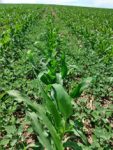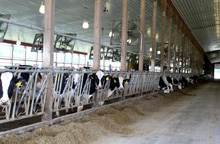
Click here to see WWNY TV 7 Morning Reporter Emily Griffin’s Ag Weekly feature on the Northern New York Agricultural Development Program and Miner Institute research on how to keep dairy cows cool and producing well during periods of climatic heat stress.
Click here to read the full project report on the before and after comparison of fans on a regional dairy farm.
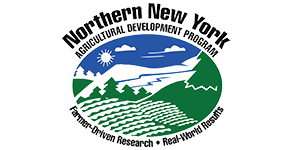 Funding for the Northern New York Agricultural Development Program is supported by the New York State Legislature through the New York State Assembly and administrated by the NYS Department of Agriculture and Markets.
Funding for the Northern New York Agricultural Development Program is supported by the New York State Legislature through the New York State Assembly and administrated by the NYS Department of Agriculture and Markets.
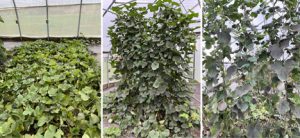
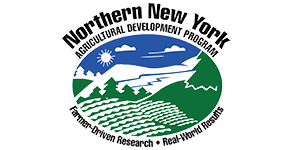

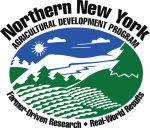 Funding for the Northern New York Agricultural Development Program is supported by the New York State Legislature through the New York State Assembly and administrated by the NYS Department of Agriculture and Markets.
Funding for the Northern New York Agricultural Development Program is supported by the New York State Legislature through the New York State Assembly and administrated by the NYS Department of Agriculture and Markets.
